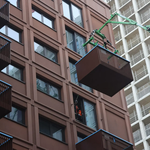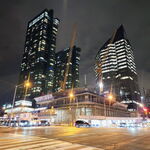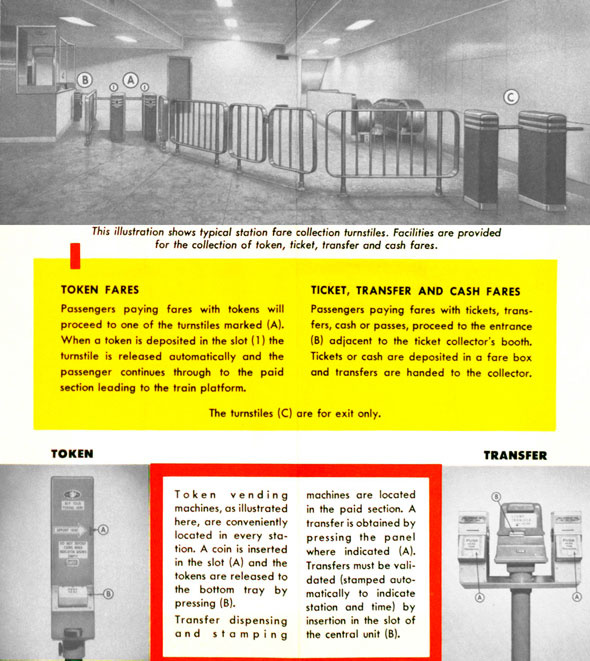The TTC introduced a fare zone system - an idea it would tweak over the years - in 1954 that offered five tokens for 50 cents instead of three for a quarter. It was only the second fare hike in the Commission's history and was naturally met with some resistance. The "single-fare zone" encompassed Forest Hill, Leaside, East York, Swansea, and the core of the city; travel to the townships outside required a second coin. Despite the concerns,
the Star promised "Toronto will likely still hold the lead for efficient and inexpensive transportation."
The automatic vending machines, which were beset with technical problems from day one, couldn't be recalibrated to dispense more tokens under the new system and the TTC seriously considered ditching the three-month old tokens altogether. The machines were so bad that maintenance crews worked nights just to keep them running.
The automatic dispensers were removed for several months to iron out these kinks while an experimental single token dispenser was tested at King station in 1960.
During this time it was possible to buy tokens in any amount from the ticket booth at subway stations and from guides. For reasons that aren't entirely clear, disgruntled TTC workers occasionally refused to do sell single tokens, prompting reprimands and a note in the newspaper.







